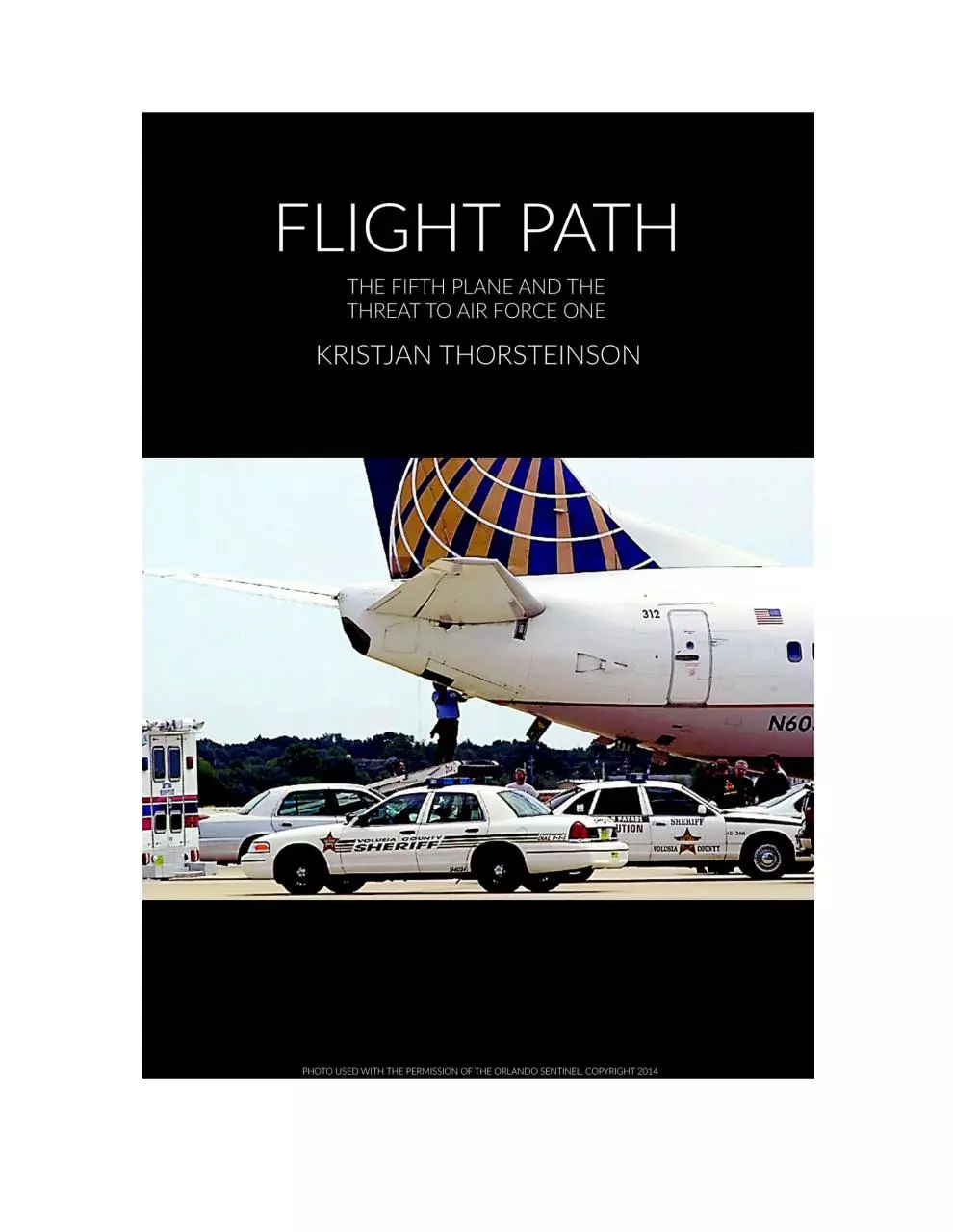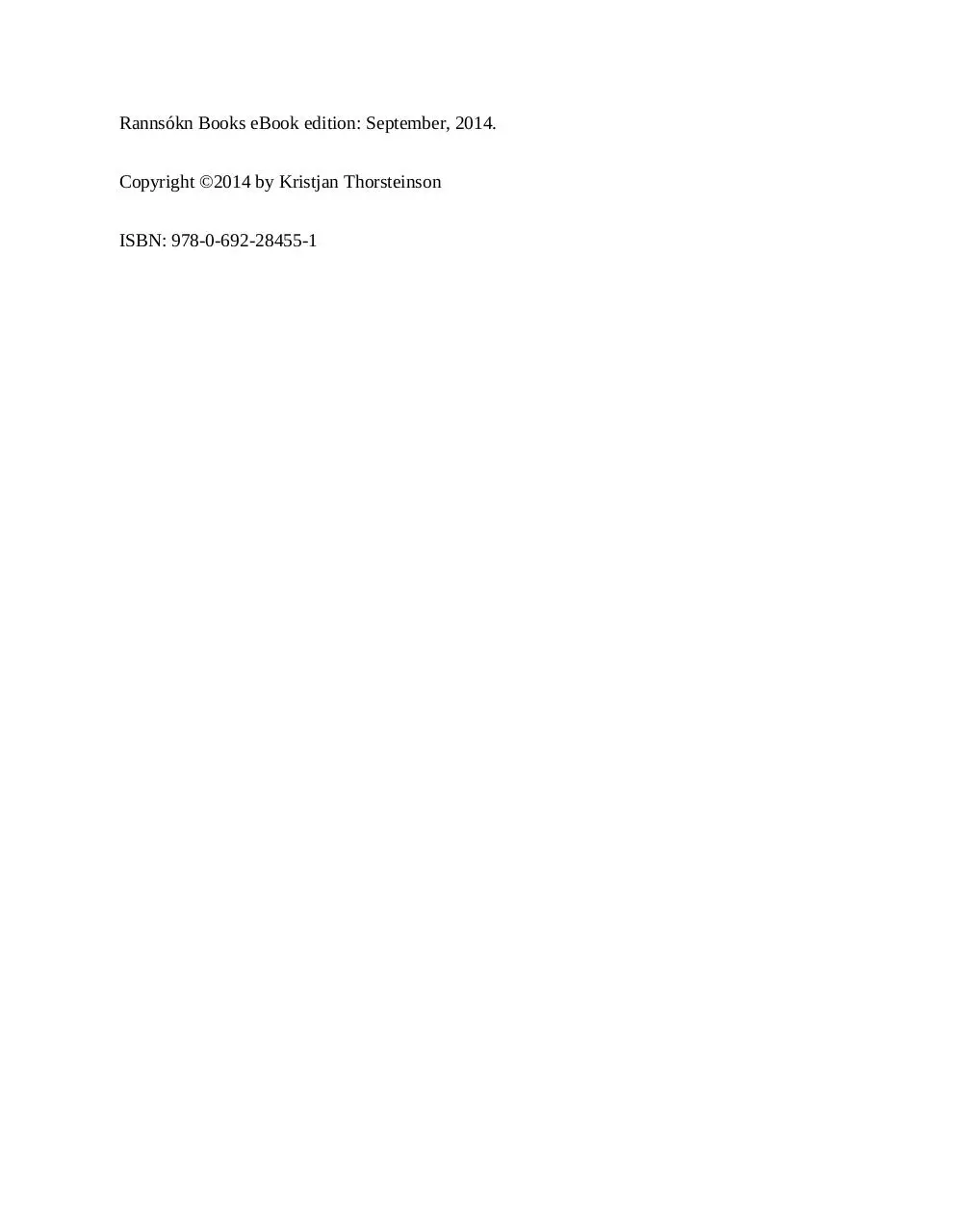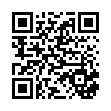flightpathchaptertwo (PDF)
File information
Author: User
This PDF 1.5 document has been generated by Microsoft® Office Word 2007, and has been sent on pdf-archive.com on 09/01/2017 at 03:36, from IP address 66.87.x.x.
The current document download page has been viewed 771 times.
File size: 767.56 KB (20 pages).
Privacy: public file





File preview
FLIGHT PATH
THE FIFTH PLANE AND THE
THREAT TO AIR FORCE ONE
KRISTJAN THORSTEINSON
flightpathbook.com
@flightpathbook
Purchase the book for $4.99 through the
author’s bookstore:
https://store.bookbaby.com/book/flightpath
RANNSÓKN BOOKS
Rannsókn Books eBook edition: September, 2014.
Copyright ©2014 by Kristjan Thorsteinson
ISBN: 978-0-692-28455-1
Chapter 2
"To Bush, With Love"
Q: What's your best surmise now? Was there a fifth plane, a sixth plane?
Dr. Rice: I suspect there might have been a fifth plane -- yes.
- Bob Woodward's interview with US National Security Advisor
Condoleezza Rice, Internal transcript from the Office of the Press
Secretary dated October 24, 20011
In the early evening of January 30, 2002 several hundred people packed into the
Daytona Jet Center hangar at the Daytona Beach International Airport to hear President
George W. Bush give a speech.2 It was almost six o'clock when the majority of attendees
had settled in under the watchful eye of the secret service. With the president scheduled
to speak in a half hour, a number of invited speakers began their formal introductions.2
Meanwhile George W. Bush sat smiling, drawing confidence from the support of the
present assembly, still enjoying the success of his last speech.
Only the night before, the president had given his State of the Union Address to
Congress where he outlined for the nation and the world the accomplishments his
administration had made in the four months following the attacks of September 11, 2001.
He referred to the rebuilding efforts still underway in New York and Washington, D.C.
and how the United States' actions had "rid the world of thousands of terrorists, "and
"saved a people from starvation, and freed a country from brutal oppression".3 The
president also gave an indication of the administration's new focus on Saddam Hussein's
Iraq:
Iraq continues to flaunt its hostility toward America and to support terror.
The Iraqi regime has plotted to develop anthrax and nerve gas and nuclear
weapons for over a decade. This is a regime that has already used poison
gas to murder thousands of its own citizens, leaving the bodies of mothers
huddled over their dead children. This is a regime that agreed to
international inspections, then kicked out the inspectors. This is a regime
that has something to hide from the civilized world. 3
Although his approval rating had dipped slightly from the 90% he had recently
garnered, the president was still riding the tide of widespread support when he made his
return to Florida the next day.4 After being introduced by the widow of Dale Earnhardt,
the president waved down the crowd's cheers and took the stand. His voice resonated in
the overlit, crowded hangar. With a nod to the previous night's address he acknowledged
the nation's achievements and gave an indication of what lay ahead. In thirty concise
minutes, punctuated by applause, the president praised the American people for their
strength and emphasized the "dangerous phase" the nation had entered in the war on
terror. 5
Four months earlier the picture was much different; President Bush was only a
couple hundred miles Southwest of Daytona Beach at the Emma T. Booker Elementary
School in Sarasota. While sitting in a chair listening to children read their lessons aloud,
the president was notified by White House Chief of Staff Andrew Card that the country
was under attack. Many thought that the president appeared anxious and criticized how
long he spent at the elementary school. Since then, it was a priority for the president to
project the image of a decisive leader. The Daytona event, like his speech to Congress,
was very successful.
Having wrapped up his speech at the Daytona Jet Center, President Bush stepped
into the crowd and began shaking hands. A baby was reportedly crowd surfed to the
president as the press memorialized the event.5 While the enthusiasm of the crowd was
sincere, everything had been neatly organized and choreographed. The event had been
carefully planned to symbolically show that the president had the approval of the
American people as well as Congress. The next morning he would tour the Volusia
County Fire Services Training Center and give a short speech to senior volunteers before
returning to Washington the same day to meet with German Chancellor Gerhard Schröder
at the White House.6
The meeting between the two was a formal exchange of pleasantries, much of it
for the press. Both men, however, reportedly discussed the prospect of Germany's
participation in a coalition opposing the regime of Saddam Hussein.7 A decade later, this
has turned into a bone of contention between the two former heads of state. In 2006
Gerhard Schröder published his political memoirs, Decisions: My Life in Politics, in
which he criticized then President George W. Bush:
"I don't know exactly when in the year 2002 the change in justification for
a war against Saddam Hussein's Iraq took place -- when, in other words,
the fight against international terrorism slid into the background and the
possible existence of weapons of mass destruction was thrust into the
foreground. But the change made me increasingly distrustful."8
In his similarly titled Decision Points(2010), the former American president
insisted that Gerhard Schröder had initially shown support for Germany's involvement in
Iraq during their meeting and quoted him as saying, "What is true of Afghanistan is true
of Iraq. Nations that sponsor terror must face consequences. If you make it fast and make
it decisive, I will be with you."9Schröderhas since responded explaining that his offer of
support was conditional; the United States should have provided conclusive evidence that
Iraq supported Al-Qaeda fighters.10
Security for President Bush's speech in Daytona Beach was exceptionally strict.
Everyone who had been admitted into the hangar had their identification checked and
was issued a color coded ticket distinguishing the general audience from the press.5
Holding the event at an airport was unconventional, but the hangar was ideal for security;
it would be virtually impossible to approach the event unseen. The Daytona Beach Jet
Center would have been very grateful for the exposure provided by the event, given that
they were affected financially by the attacks of September 11, 2001. Continental Airlines
pulled its operations from the airport, forcing the fixed-base operator (FBO) to lay off a
number of employees. An October 2, 2001 article from the Daytona Beach News-Journal
explained the FBO's duties which included, "ticketing, ground-handling and fueling for
the airline":
The Daytona Beach Jet Center has laid off 24 employees, or about
one-third of its work force, because of the decline in flying following the
terrorist attacks of Sept. 11, officials said."This is a terrible thing, but it's
part of the ripple effect," said Dean Marchetti, the Jet Center's general
manager. "Continental's pullout affected us adversely."The Jet Center did
the ticketing, ground-handling and fueling for the airline..."11
There were good reasons for the Secret Service to be so meticulous. Not only had
the hijackers made Central Florida their home, but the city of Daytona Beach had
featured prominently in the news as a hotbed of investigation only days after the
September 11, 2001 attacks. The FBI had a presence at the airport on the night of the
attacks, investigating flight school records, such as those of Phoenix East, for any trace of
the hijacker cells.12
Only one school at the airport had records that matched the name of one of the
hijackers. The Daytona Beach International Airport is adjacent to Embry-Riddle
Aeronautical University, a flight school established in 1926. Embry-Riddle has provided
flight training for pilots from around the world for decades, many of them from the
Middle East. The school made the national news shortly after the attacks when authorities
initially thought that one of the hijackers, Waleed A. Al-Sheri, may have trained at its
campus in Daytona Beach. By September 22, 2001 he school had been vindicated; the
man initially thought to be the hijacker Waleed A. Al-Sheri was found alive in
Morocco.13
The New York Times revealed that more than one hijacker's name was associated
with Daytona Beach. Although an ERAU graduate who had the name of Waleed A. AlShehri was not connected to the attacks, the manager of same apartments said that
another hijacker, Ahmed al-Ghamdi, had also lived there. The New York Times reported
that the hijackers, "overlapped in Daytona Beach in the mid- to late-1990's. A manager at
the Anatole apartments near Daytona Beach International Airport said Ahmed alGhamdi, who was on United Airlines Flight 175, lived in the complex in 1995 (School
officials say they have no record of Mr. Ghamdi attending the school). Records also
indicate that a man whose name matched Mohammed Atta's lived at a different address in
Daytona Beach during the mid- to late 1990's."14The Boston Globe reported that as many
as thirty six individuals, described as, "possible confederates and moneymen," had
connections to Daytona Beach.15
Hijacker Mohamed Atta spent time flying in Volusia County according to a
record showing that he purchased$36.33 of fuel at the "Daytona Beach Airfield" for a
plane owned by Huffman Aviation in Venice (Tail Number N225HA).16
Besides the FBI's initial interest in Embry-Riddle, another incident involving a
strip club in Daytona Beach made the national news in the first weeks after the attacks.
Only ten minute drive from the Daytona Beach International Airport, The Pink Pony was
widely reported to have had customers with advanced knowledge of the September 11,
2001 attacks. The manager of the Pink Pony told investigators that three patrons "spewed
anti-American sentiments in his bar and talked of impending bloodshed the night before
the attacks."
The day after the attacks, agents interviewed John Kap, manager of the
Pink Pony and Red Eyed Jack's Sports Bar in Daytona Beach. He said
three men spewed anti-American sentiments in his bar and talked of
impending bloodshed the night before the terrorist attacks.
Kap said he told FBI agents that one man left a business card and a copy
of the Quran - the sacred book of Islam - at the bar.
That story was bogus, said an attorney for one of the men.
Orlando attorney Mark NeJame said his client, a U.S. citizen born in
Kuwait, went to the adult nightclub with two friends the night of Sept. 10.
The 34-year-old furniture business owner didn't want to be identified
because he is married to a U.S.-born woman and has two kids, NeJame
said.
At the bar, the three men engaged in a conversation with another patron on
Christianity and the Book of Revelations, which describes catastrophes,
wars and violence. During the discussion, the other patron went and got a
book on Christianity, which apparently was left behind. The FBI
questioned his client but he was never taken into custody, NeJame said.
"They realized it was a completely bogus claim," NeJame said.
FBI Special Agent Bill Hurlburt declined comment on the report.
Kap would not answer specific questions Tuesday about the incident but
said, "we didn't do this to become famous. We just turned over
information."17
As in the case with Embry-Riddle, United States investigators found more smoke
than fire; what was first seen as a solid lead was reported later to be a misunderstanding.
The Orlando lawyer that represented the three men said that his clients were not
Download flightpathchaptertwo
flightpathchaptertwo.pdf (PDF, 767.56 KB)
Download PDF
Share this file on social networks
Link to this page
Permanent link
Use the permanent link to the download page to share your document on Facebook, Twitter, LinkedIn, or directly with a contact by e-Mail, Messenger, Whatsapp, Line..
Short link
Use the short link to share your document on Twitter or by text message (SMS)
HTML Code
Copy the following HTML code to share your document on a Website or Blog
QR Code to this page

This file has been shared publicly by a user of PDF Archive.
Document ID: 0000533550.